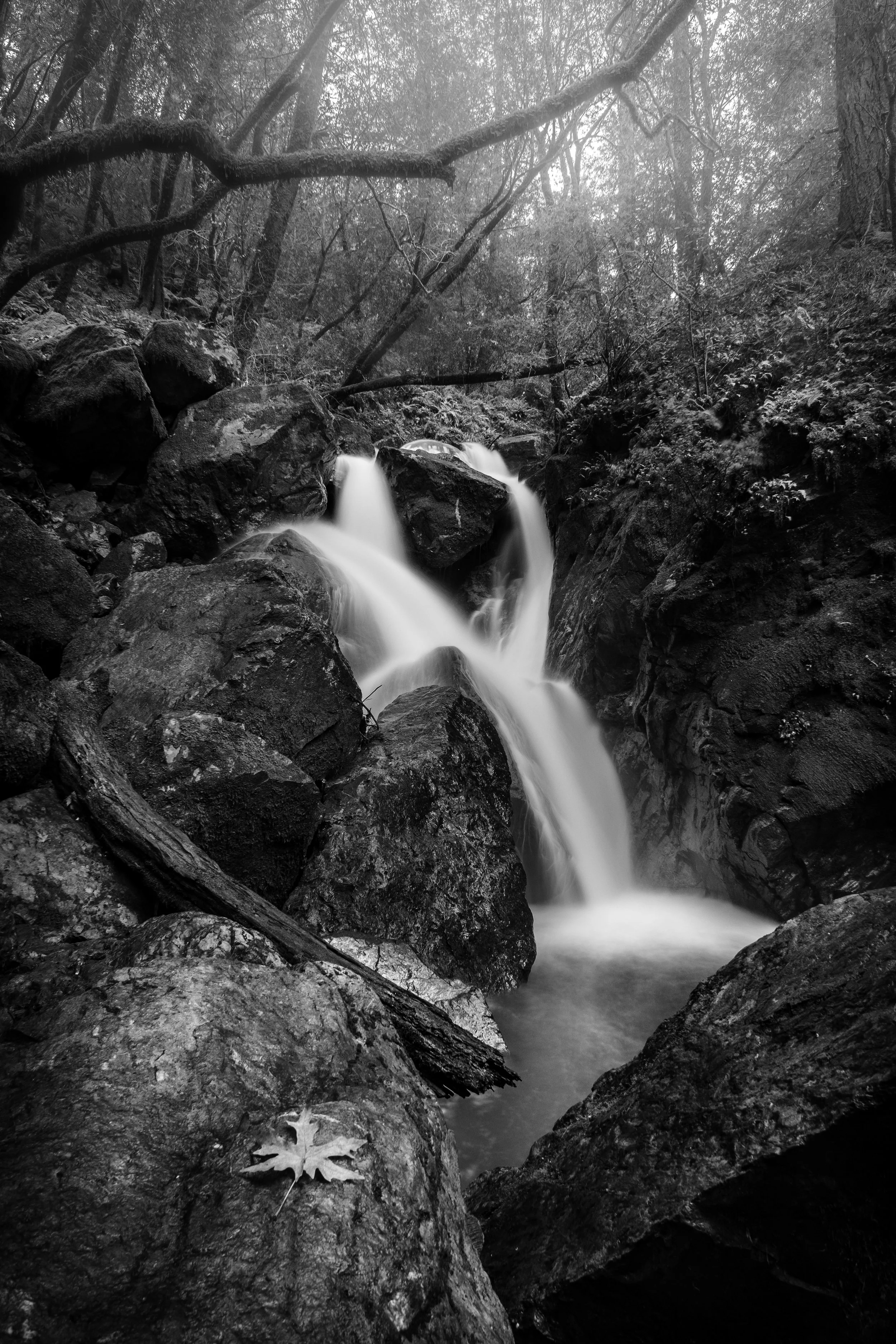Mastering Time Management in Landscape Photography: The Art of Moving On
As landscape photographers, we’ve all been there—finding the perfect spot, setting up our gear, and waiting patiently for that one magical moment when light, weather, and subject align. It’s easy to get lost in the pursuit of the shot, staying glued to one location for hours, chasing perfection. But is that really the most effective way to use your creative time?
In this post, we’ll explore the delicate balance between patience and productivity, and how effective time management can help you create a greater variety of stunning images during your shoots.
The Allure of the Perfect Shot
There’s something mesmerizing about the idea of capturing the one—an image so extraordinary it justifies every ounce of effort. Sometimes, this dedication pays off. Think of iconic photographs that required immense patience, like an elusive sunrise through the clouds or a perfectly timed wave crashing against the rocks. But here’s the catch: landscape photography is as much about storytelling and diversity as it is about perfection. Spending too much time in one location can limit your portfolio, stifle your creativity, and leave you wondering what opportunities you missed just around the bend.
When to Stay, When to Move
The key to effective time management in landscape photography lies in balancing patience with the willingness to move on. Ask yourself these questions while in the field:
1. Have I maximized this composition?
Once you’ve captured the scene from different angles, focal lengths, and lighting conditions, you’ve likely done justice to that location.
2. Is the light improving or declining?
If conditions are getting worse or the golden hour is slipping away, it’s a good indicator that it’s time to move.
3. What’s the opportunity cost?
Consider what other scenes or moments you might miss if you stay too long in one spot.
Managing Your Creative Time
To make the most of your shooting time, adopt these strategies:
1. Plan Ahead: Use apps and maps to scout multiple locations in advance. Knowing your options gives you flexibility if conditions change or a scene doesn’t pan out.
2. Set Time Limits: When you arrive at a spot, set a mental (or actual) timer. Spending 15–30 minutes at a location is often enough to capture the essence of a scene.
3. Work Efficiently: Shoot quickly but thoughtfully. Take test shots, experiment with settings, and refine your composition without overanalyzing every frame.
4. Stay Flexible: Be ready to adapt. Weather, light, and unforeseen elements can change your plans, but that’s part of the adventure.
5. Prioritize Variety: A day with multiple solid images from different locations often feels more rewarding than one location yielding a single masterpiece.
Final Thoughts: Make Every Moment Count
Landscape photography is about more than just the destination; it’s about the journey and the variety of stories you tell along the way. By being intentional about how you spend your time in the field, you can unlock more creative opportunities, grow your portfolio, and keep the joy alive in your photography practice. Remember: every scene has its magic, but sometimes the most extraordinary shot is waiting just a little farther down the road. Be bold enough to move on, and your photography will thank you for it.
M.
